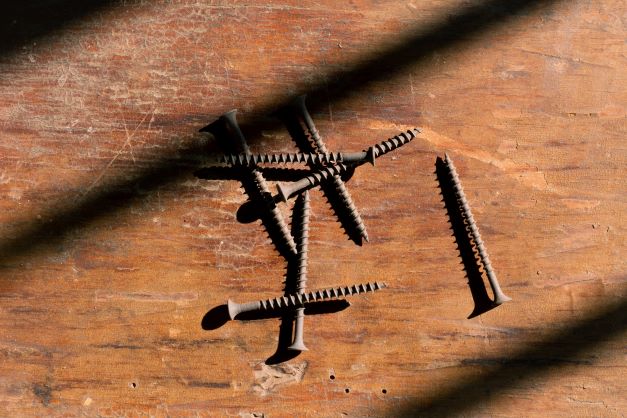Dangers of Fastener Embrittlement

Fasteners may seem small and insignificant components but they are the unsung heroes of structural stability. These devices play a critical role in holding various parts and materials together in structures such as buildings, bridges, airplanes, automobiles, and more. Therefore making them essential in most products, structures, and machines in the modern world. However, fasteners face a threat that can compromise their integrity: fastener embrittlement. Fastener embrittlement poses a danger to the components which can lead to risks of safety and longevity of structures.
In a more definitive form, fastener embrittlement is the deterioration of a fastener’s material properties that can result in a loss of ductility and toughness. Ductility is the ability of a material to deform without breaking, while toughness measures a material’s resistance to fracture when subjected to stress. When both properties of a fastener are compromised it causes fastener embrittlement which is subjected to sudden and catastrophic failure.
What Causes Fastener Embrittlement
Here are several factors that contribute to fastener embrittlement:
- Hydrogen Embrittlement: One of the most common causes of fastener embrittlement is when hydrogen atoms diffuse into the crystalline structure of metals causing them to become brittle. Hydrogen can be formed when exposed to acidic environments, electroplating processes, and corrosion.
- Temperature Extremes: Fasteners that are exposed to extreme temperatures such as rapid cooling or heating can experience thermal stress that leads to embrittlement. This is particularly a problem for fasteners in applications that are subjected to temperature fluctuations.
- Inadequate Material Selection: Choosing the wrong material in fastening can often cause the embrittlement of fasteners. This is because certain materials are more susceptible than others, therefore choosing the appropriate material can reduce the risk of embrittlement.
- Improper Heat Treatment: Heat treatment processes such as quenching and tempering are used to strengthen fasteners however, when not carried out correctly it can result in embrittlement of the fastener material.
The Hidden Threat of Fastener Embrittlement
- Structural Failures: Fastener embrittlement can lead to sudden and unexpected failures in structures. When a fastener loses its ductility and toughness it becomes prone to fracture even under relatively low levels of stress. This can result in catastrophic structural failures and risks to lives and cause significant economic damage.
- Maintenance Challenges: Routine inspections and maintenance can help detect fastener embrittlement but is rather a challenging task as this damage occurs internally and sometimes it won’t show any visible signs on the exterior.
- Costly Repairs: Repairing or replacing fasteners can be a time-consuming and expensive endeavor. In some cases, large structures require entire sections of dismantling to access and replace embrittled fasteners, leading to significant downtime and costs.
Preventing Fastener Embrittlement
Preventing fastener embrittlement is essential to ensure the safety and longevity of structures. Here are some of the preventive measures to practice in fastening:
- Material Selection: Choose materials that are resistant to embrittlement for specific applications that involve common causes of embrittlement such as high-temperature environments.
- Proper Heat Treatment: Ensure that fasteners are heat-treated correctly to maintain their desired mechanical properties and resist embrittlement.
- Coatings and Corrosion Protection: Use protective coatings or corrosion-resistant fasteners to minimize the chances of embrittlement usually caused by hydrogen and other external agents.
- Regular Inspection and Maintenance: Establish a regular maintenance schedule on fastener joints and assembly to detect early signs of embrittlement and replace them before they can compromise the overall structural integrity.
Understanding the threats that can risk the integrity of components in structures such as fastener embrittlement can lead to preventing the dangers and ensure stability and safety. It is crucial to take precautions and measures to have a reliable, safe, and resilient fastening for the future.
Purchase high-quality fasteners from a leading manufacturer and supplier – Prince Fastener Manufacturing Co., Ltd. We carry a wide range of fastener types, sizes, and coatings for different industry applications.